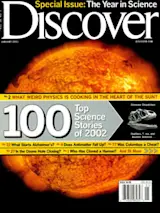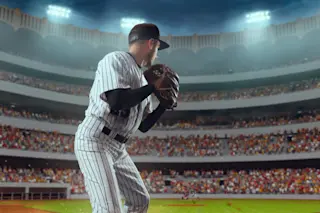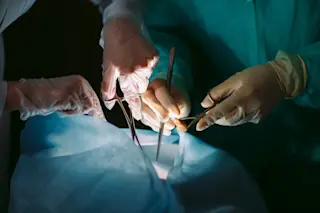5. Bush Stem-Cell Estimate Cut From 64 to Fewer Than 10
In August of last year, President George W. Bush announced that scientists who received public research money could use only the human embryonic stem-cell lines that already exist—a decision that dismayed many researchers. At the time, Bush's advisers estimated there were 64 such populations. This year researchers discovered the actual number is "certainly less than 10" and probably no more than six, says Doug Melton, a molecular biologist at Harvard University and one of the scientists the president consulted before his decision. Melton had argued for unlimited stem-cell generation and use. The limited number of permissible cell lines left, Melton says, cannot meet the medical needs of a population as genetically diverse as the human race. Furthermore, stem-cell lines from mice begin to lose their ability to produce many types of cells after as few as 20 generations, and ...














